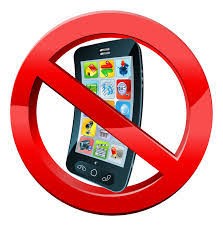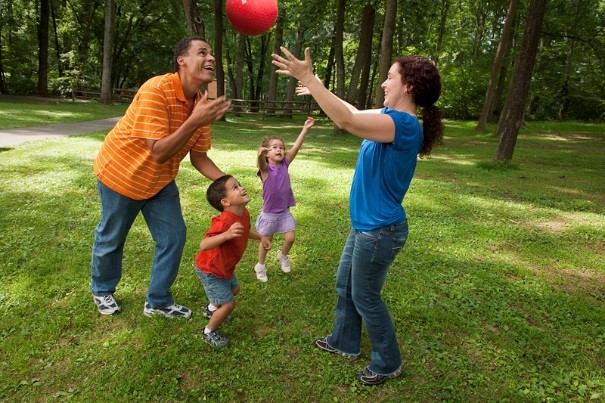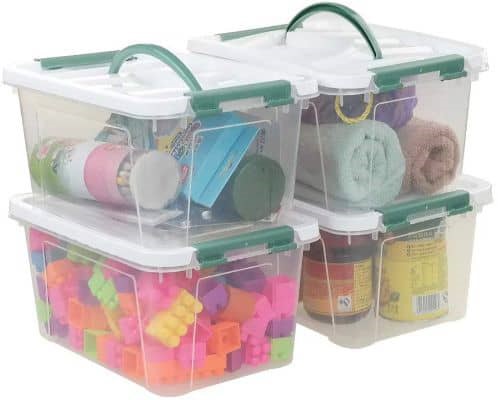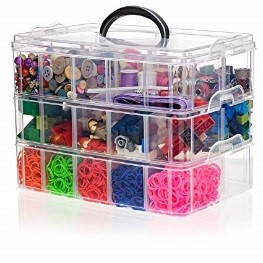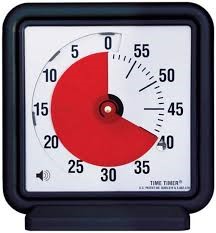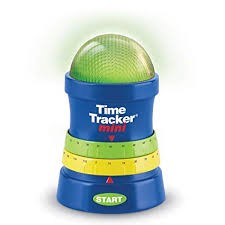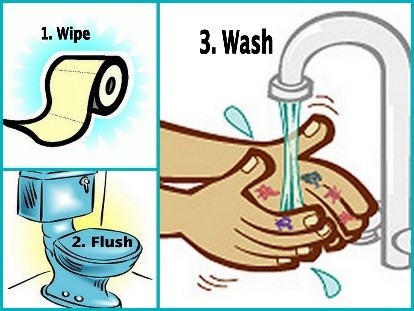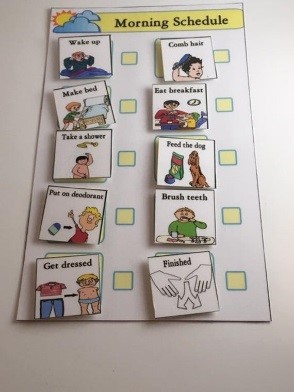I recently completed a training by clinical neuropsychologist, Dr. David Nowell, which talked about ways to help kids and adults with Attention Deficit Hyperactivity Disorder (ADHD). In the training, Dr. Nowell gave several strategies for home and school. I wanted to share this information with you in case you wanted to try it at home with your child (or for yourself!).
Sleep
If a child does not get enough sleep, the different parts of their brains have a harder time working well and “talking” to each other. Sleep is important for the different parts of the brain that work on memory, attention, thinking, emotions, behavior, and deciding if something is a good choice. While sleep is important for everyone, it is especially important for kids with ADHD, because lack of sleep can cause the symptoms of ADHD to be worse (such as focus, attention, impulsivity, hyperactivity, irritability). Without enough sleep, kids are likely to struggle at home, school, and with their friends. They will have difficulty focusing in class, learning and remembering the lessons, and may not remember the answers for a test. Kids will probably have trouble controlling their emotions, and may have more behavior problems. It’s important to make sure that your child gets at least 8 hours of sleep each night. One way to help your child get enough sleep is to start a bedtime routine. Try to make sure your child goes to bed at the same time every night. Dr. Nowell says that kids should not have any screen time 2 hours before bed. Screens turn on the “awake” part of our brain, so you need to give the brain time to calm down and be ready for bed. Because of this, remove all TV or screens from the bedroom. About 30 minutes to one hour before bedtime, start the bedtime routine. For many families, this routine looks like taking a bath, changing into pajamas, brushing teeth, and reading a book with a parent.
Diet
One of the best things you can do for the diet is to eat less sugar and more protein. Protein is in foods like meat, fish, eggs, beans, nuts, and dairy products like cheese and yogurt. Protein helps the different parts of the brain communicate better, and helps lower hyperactivity (high energy) and impulsivity (doing things without thinking). If you’re in a rush and don’t have time to cook a chicken breast or make some rice and beans, Dr. Nowell suggests packing cheese sticks – an easy, hassle-free option for protein throughout the day. You could also try low-sugar protein bars or shakes, or a handful of nuts.
Screen Time vs. Green Time
Studies show that too much screen time and video games increase symptoms of ADHD. On the other side, research has shown that exercise and time outside (“Green Time”) reduces symptoms of ADHD. Does this mean that kids with ADHD should never be allowed to use their phones, watch TV, or play video games? No! Just make sure that you keep the screen time to a reasonable amount, and spend as much time as possible outside playing. Most professionals recommend no more than 30 minutes to 2 hours per day depending on the child’s age.
Make Things Visual
If someone struggles with ADHD, it can be difficult to keep organized. Try using clear storage organizers and drawer dividers. This helps keep things organized, helps you and your child find things more easily, and lets you know what you have.
Kids have a hard time understanding the concept of time and how long things take. So, when you tell your child that they have 15 minutes of video game time, this doesn’t mean much to them. There are visual timers like the Time Timer and the Time Tracker Mini hat help kids understand how much time they have left for an activity. If you don’t have one of these timers with you, you can also use an example that makes sense to them (“You have 30 minutes left to play. That’s the same amount of time as one episode of BeyBlade”)
Time Timer/Time Tracker Mini
Even with the best of intentions, sometimes it’s hard to remember things in our head – especially if we have ADHD. If your child has trouble remembering to do things, try putting up visual reminders. This may be a checklist of things to do in the morning, or a picture on the bathroom door reminding them to wash their hands.
Earned Incentives
Kids respond well to positive rewards and incentives for their behavior. I often hear from parents, “I’ve tried star charts. They don’t work for my kid.” If this is the case in your family, don’t give up on positive rewards! Usually if a “star chart” system hasn’t worked in the past, it’s because the reward was too far away, the incentive didn’t seem worth it to the kid, or there were too many things the child had to do to earn a reward or star.
The first step to creating a reward system for your child is to decide what things are unconditional – what things your child doesn’t have to do anything to earn. These are usually things like love, respect, safety, three meals a day, basic clothing, 30 minutes of play time, etc. Then decide what things are earned (special food like favorite candy, trendy clothes, new toys, extra video game time, etc.).
Now for the reward part – Choose ONE behavior that is challenging for your child (such as brushing their teeth, flushing the toilet, getting dressed in the morning before the bus comes). Each time your child does the behavior, give them a token or card that can be redeemed for their earned incentive of choice. Once they are consistently doing the behavior, choose a new goal. The most important things to remember are to work on one goal at a time, and keep the rewards immediate. As your child gets older or gets a better understanding of the reward system, they can begin to work towards saving up tokens for longer term goals.


